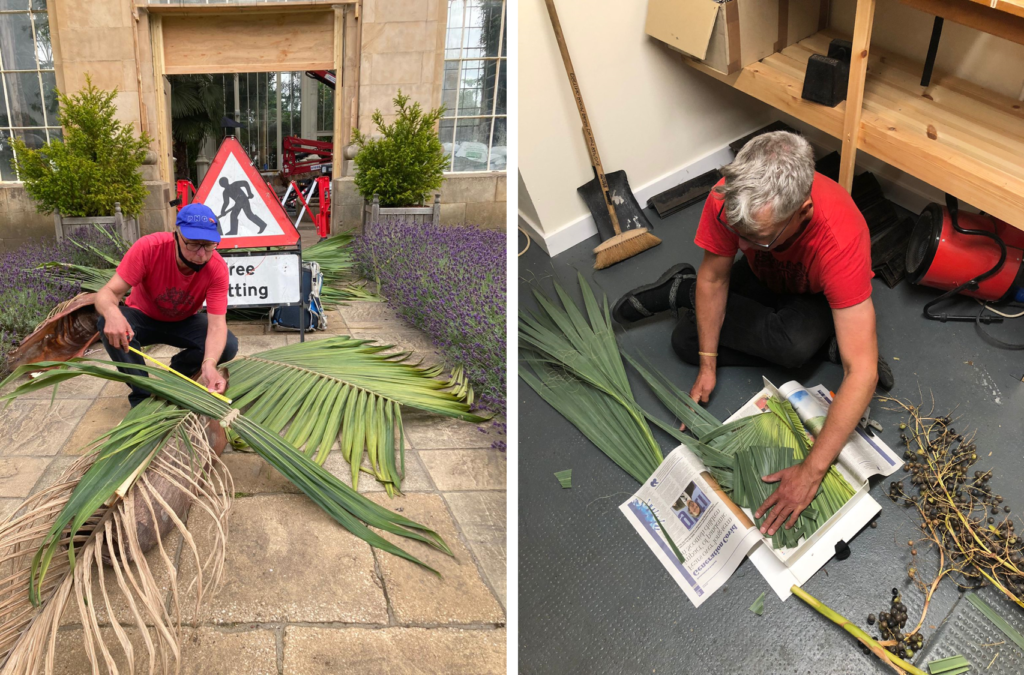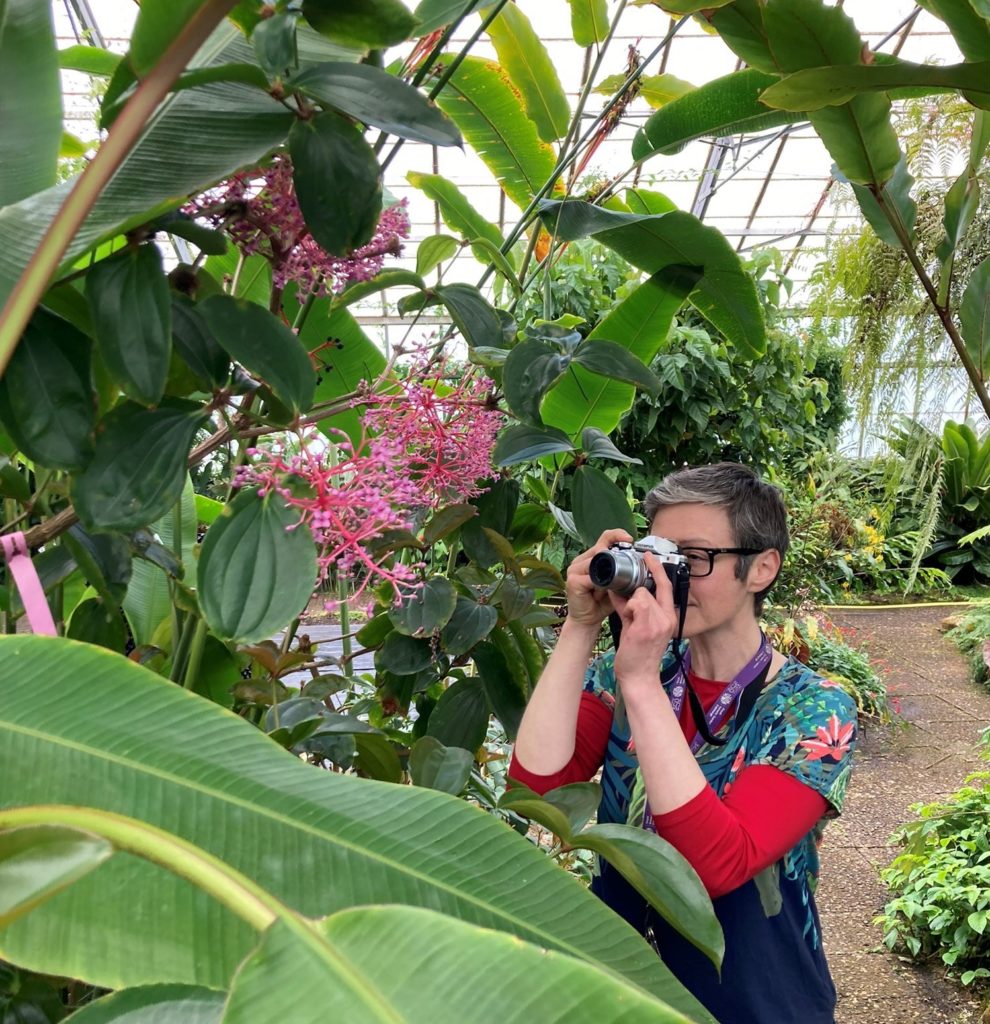
Data Capture at RBGE
Ever since the Garden’s foundation in 1670, we have been gathering information from the plants in our collection, whether that be in the form of illustrations, notes, pressed herbarium specimens, photographs or – in more recent years – dried leaf samples for DNA extraction.
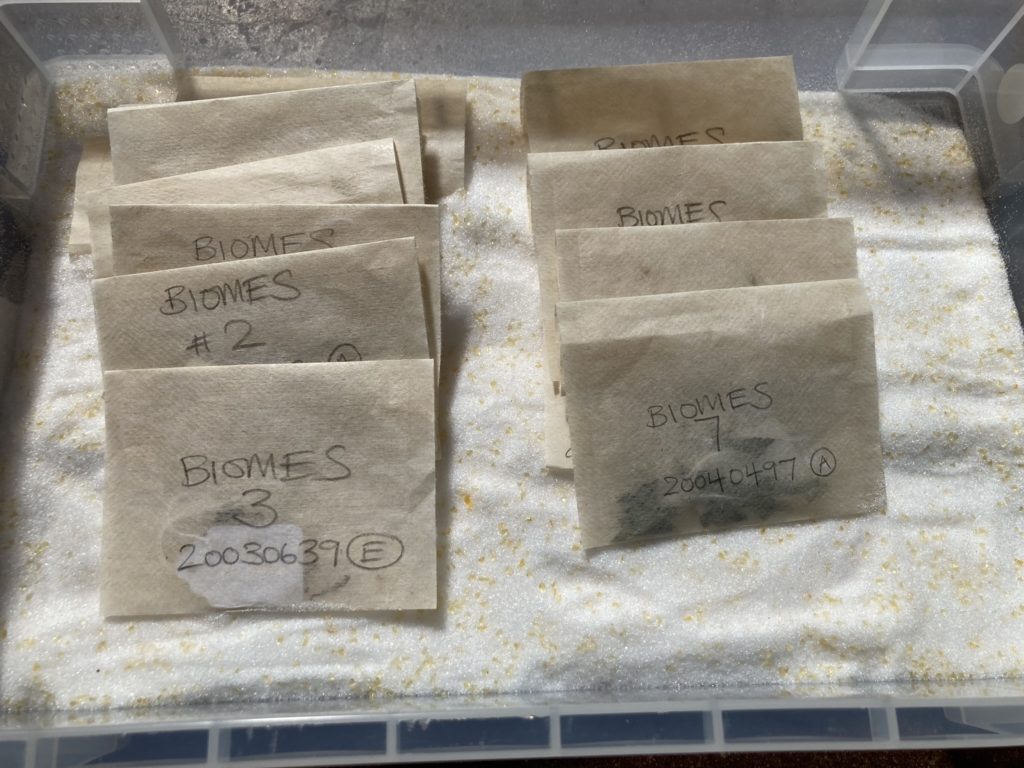
The gathering of these elements is what we call ‘data capture’; the intentional recording of information from the plants in our care as they pass through the ever-changing, dynamic, setting of our four Gardens.
Today, this data provides important insights into our history and allows horticulturists, scientists, historians, students and others to continue to research the plants that have at one point formed part of our world-renowned collection.
In an age where 40% of the world’s plants are faced with extinction, the recording of this data is more important now than ever. Documenting, describing, and researching the properties of plants enhances their chances of survival; how can we protect what we don’t know we have?
Data Capture and the Biomes
During the lifting and moving of plants for the Edinburgh Biomes project, plants are at higher risk of loss. They could be heavily pruned, or propagated, or dug up out of the ground where they’ve perhaps been growing happily for decades – all of this puts them under a great deal of stress and there will be some losses in the collection.
Therefore, it is vital that we collect everything we can from these plants in case they are no longer with us at the project end. The Edinburgh Biomes project is an opportunity to focus efforts on data capture and to record some of the unique, extraordinary plants that we have in the Glasshouse collection.
The Data Capture Process
The elements that make up a ‘data capture’ are:
- DATA
- PHOTOGRAPHS
- HERBARIUM SPECIMEN
- DNA
Data
Every plant in RBGE’s collection is recorded on our living collection database, and its life with us is followed and recorded by the horticulturists looking after it. When we data capture a plant, detailed description notes are taken before it is pressed and dried; the description together with the dried specimen will help to ensure the plant is correctly identified.
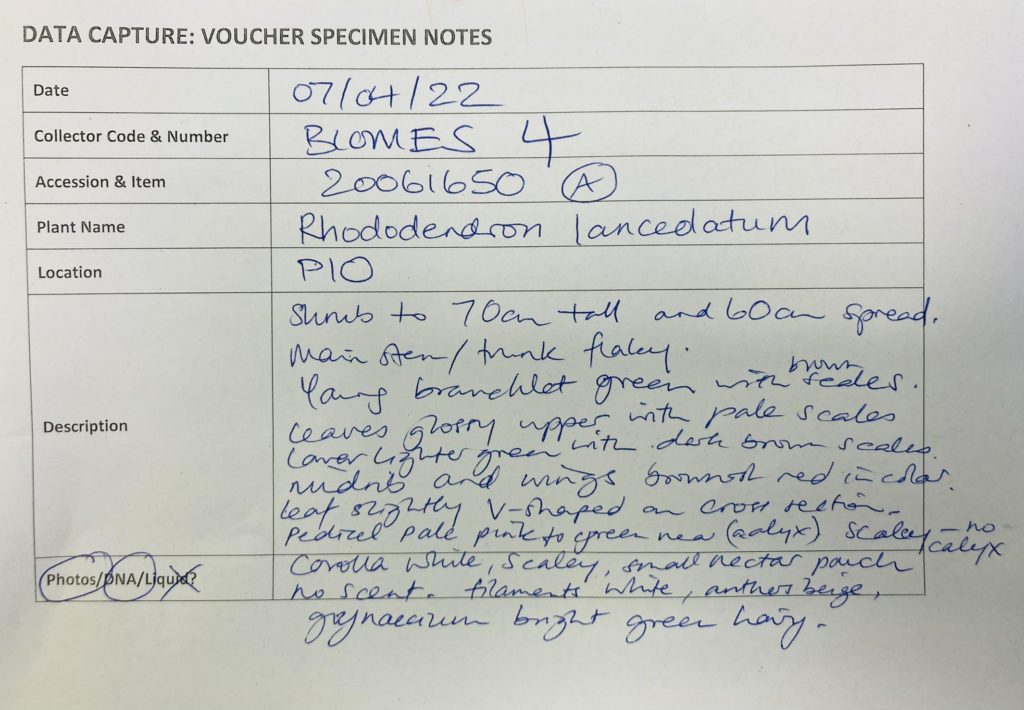
Photographs
A series of photographs is taken, including close-up details such as flowers, leaves, and stem characteristics. These photographs have a variety of uses, such as research, publications, social media, or blogs such as this one!
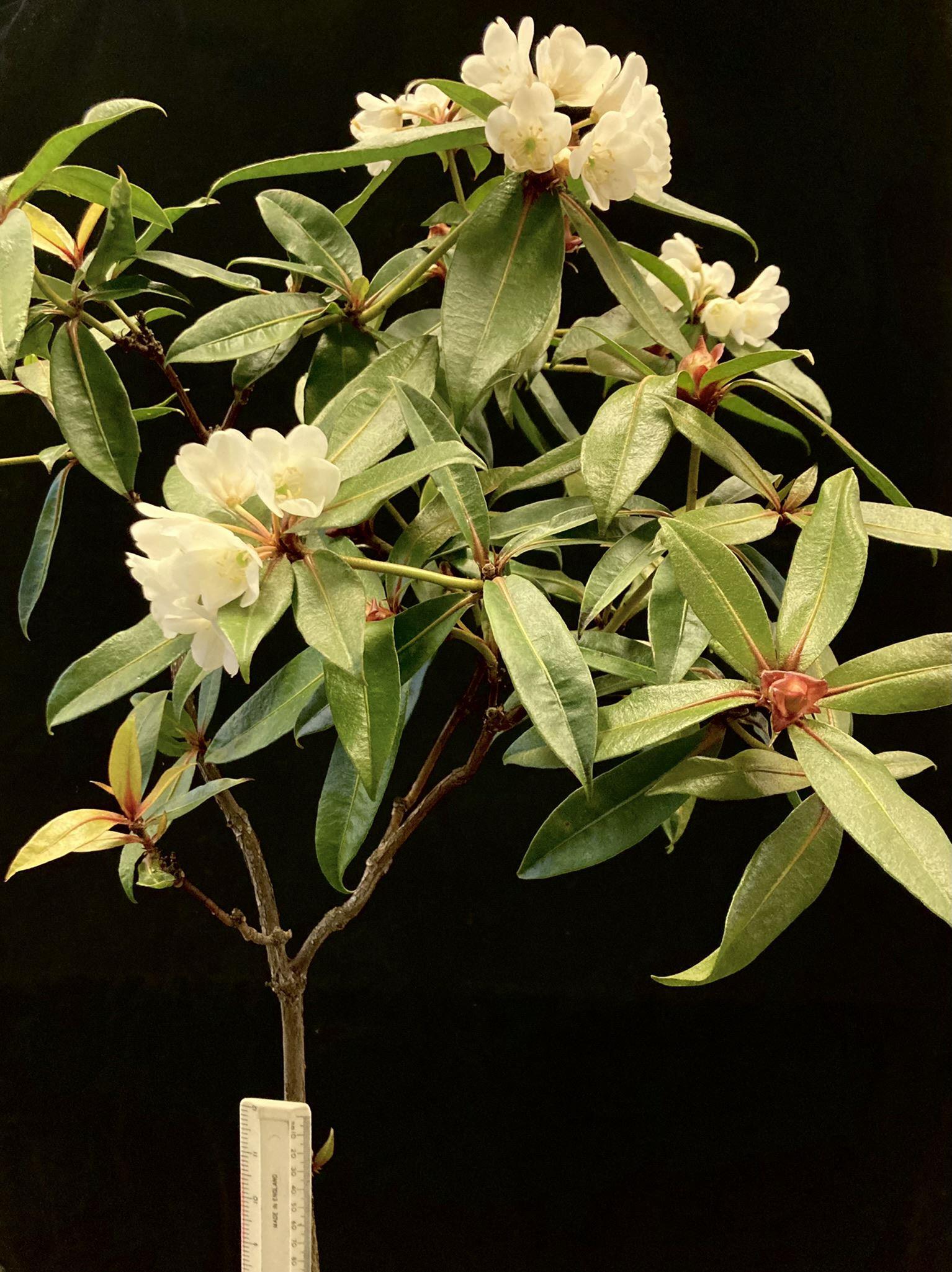
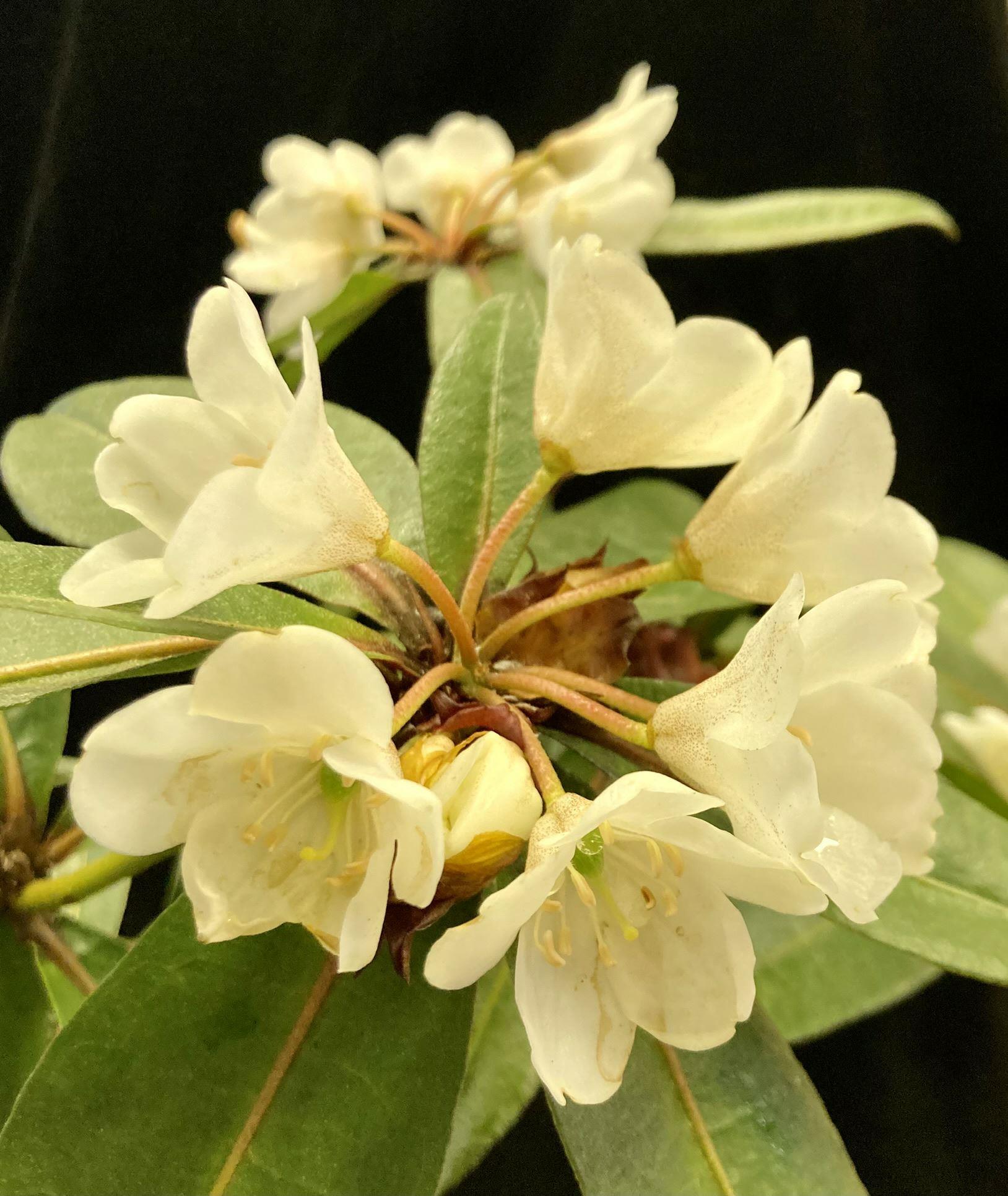
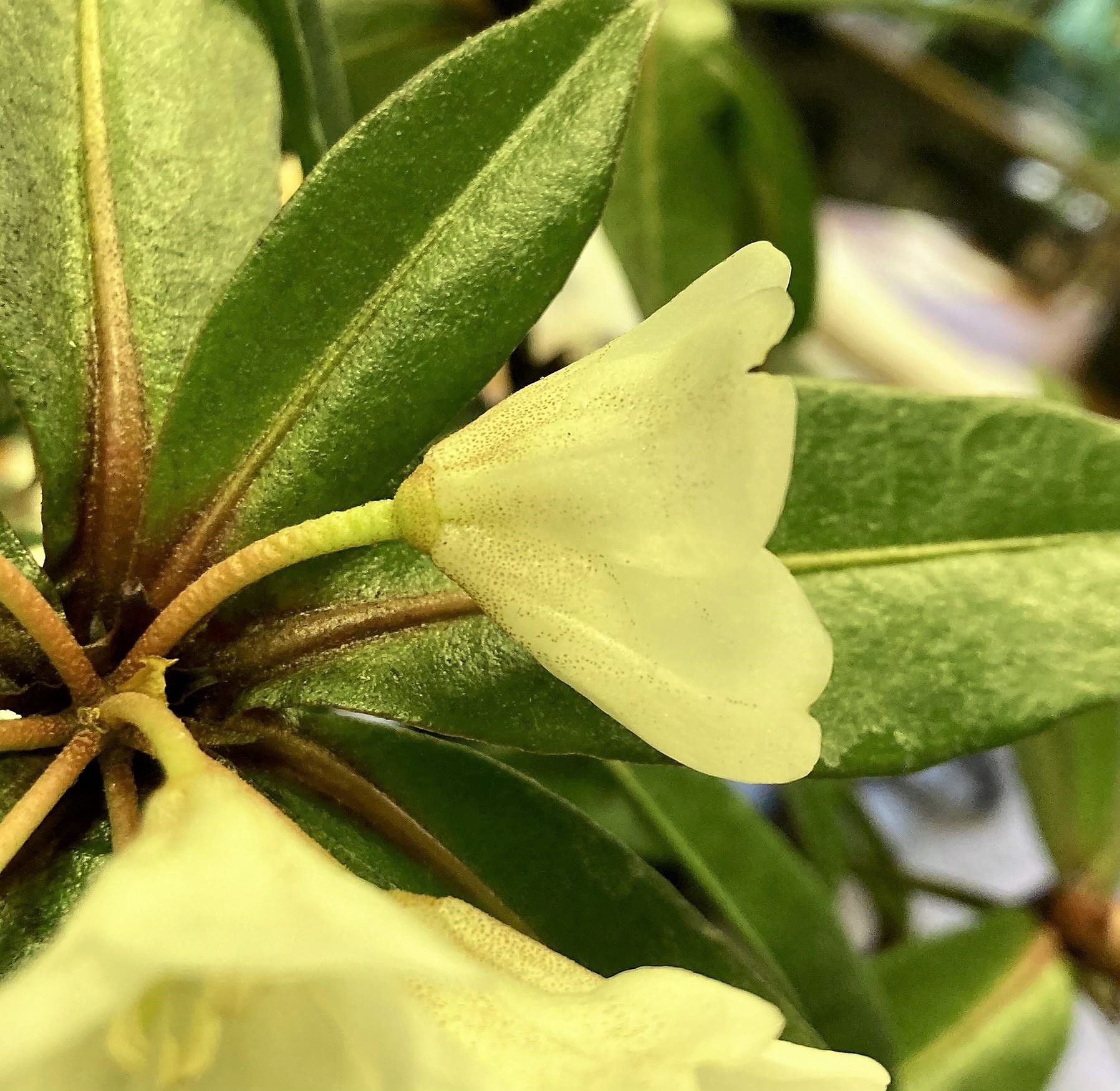
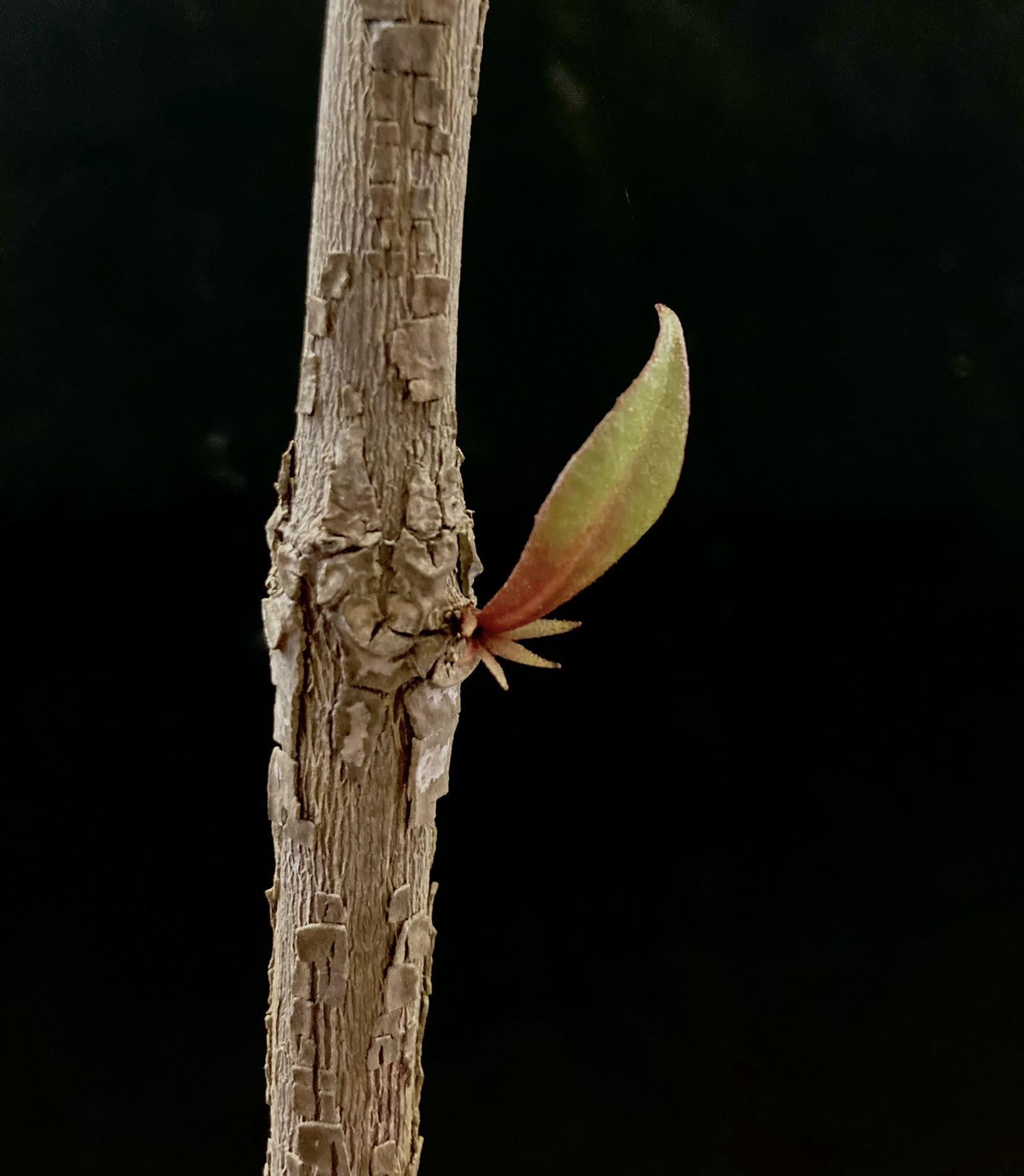
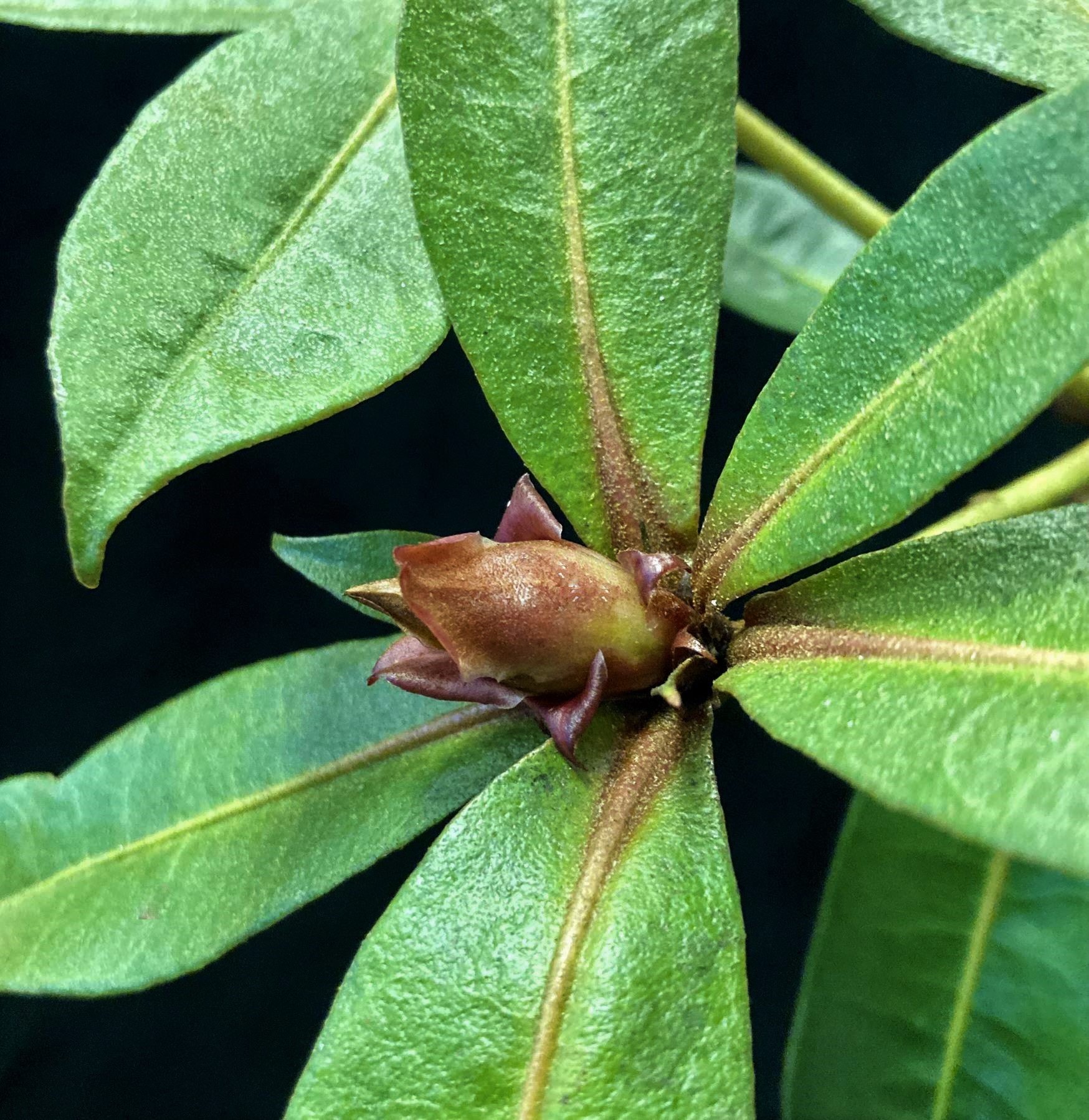
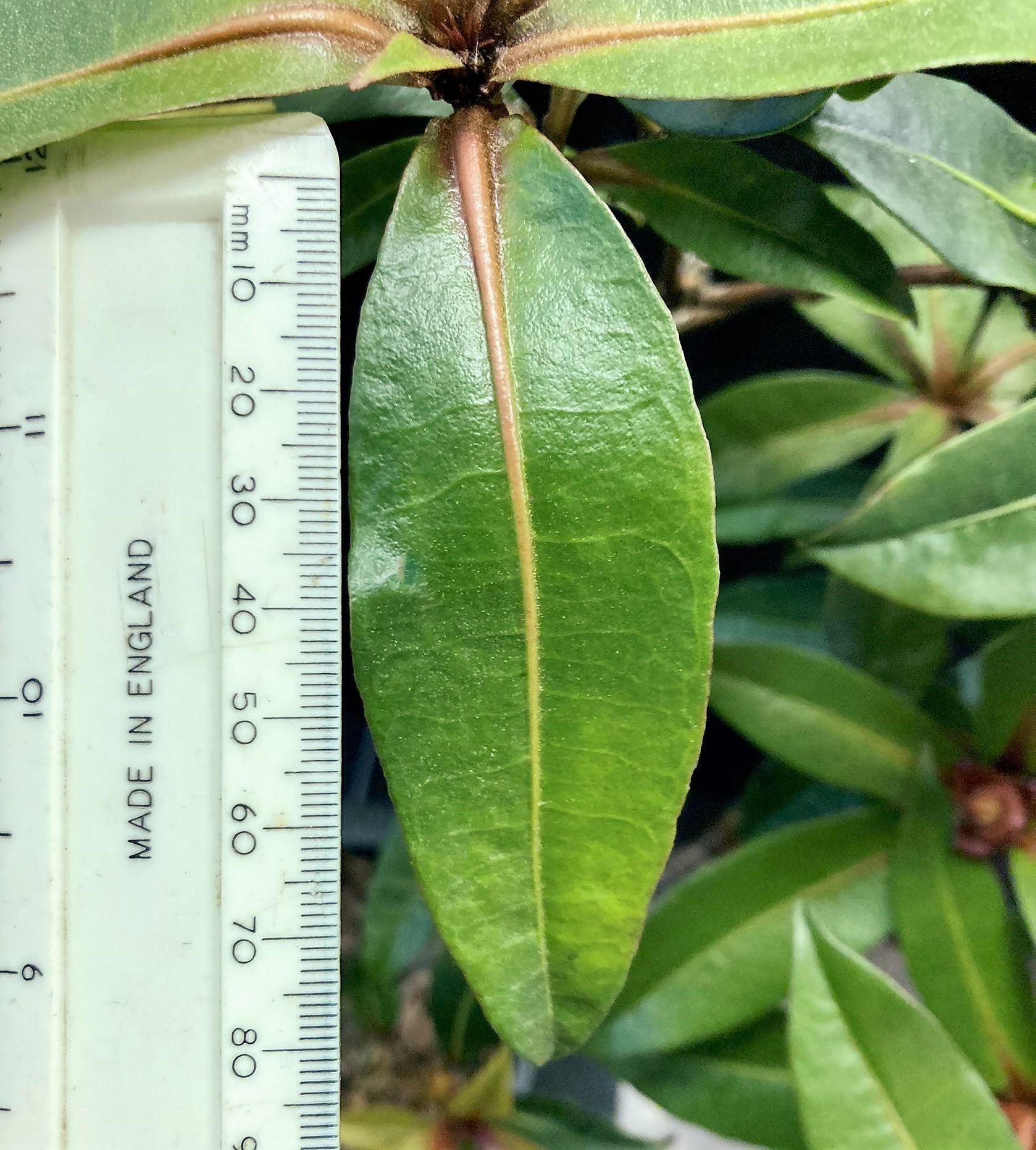
Herbarium specimen
An important part of the data capture process is the pressing and drying of part – or sometimes all – of the plant to create a herbarium specimen. This ensures the plant’s key characteristics are preserved for future studies; if cared for properly, a specimen can last for centuries.
The parts of the plant that help to identify it are collected for a herbarium specimen; this usually includes flowers, leaves, and fruits if available.
The specimen is placed in our drying room and weighted down; after a few days it is pressed and dried and can be moved to the herbarium.
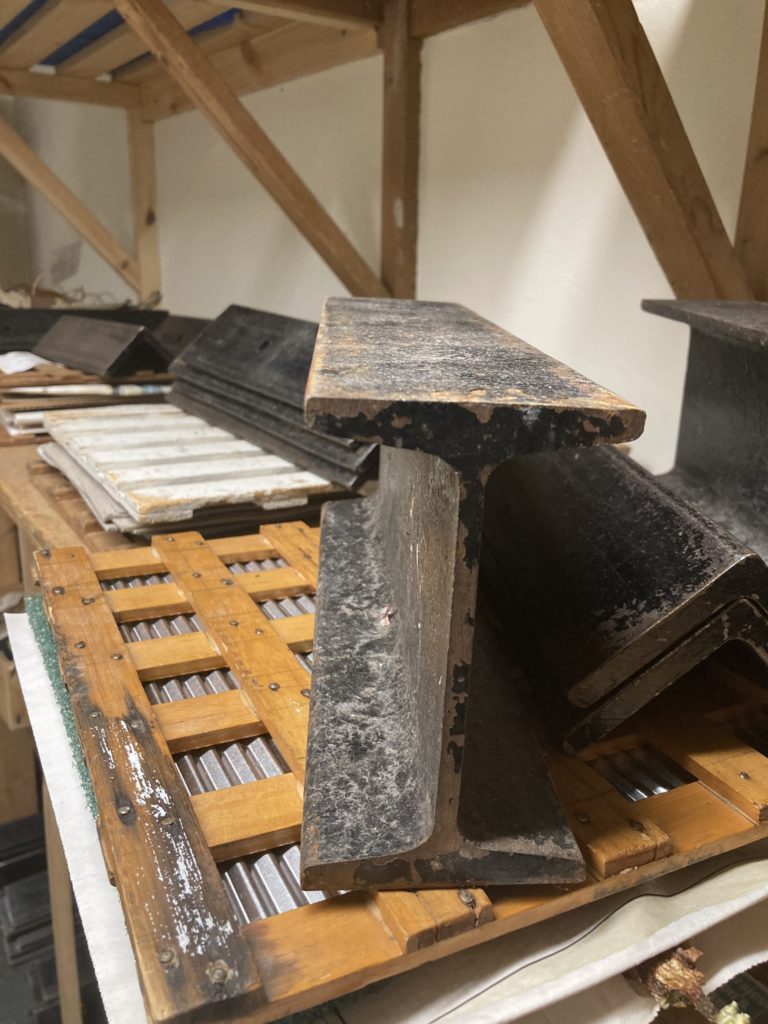
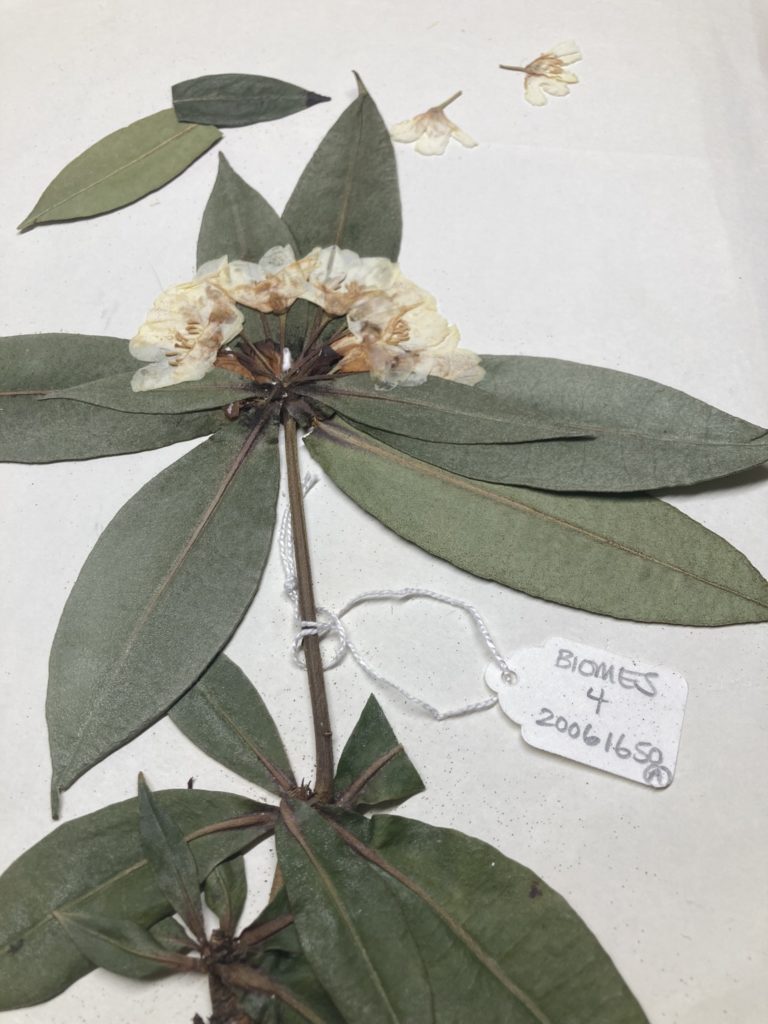
DNA
In recent years, it has become standard practice for RBGE scientists and horticulturists to collect and dry leaf samples, which can later be used to extract DNA. Leaves are torn into small pieces, placed in an empty tea bag, and quickly dried in a container of silica gel.
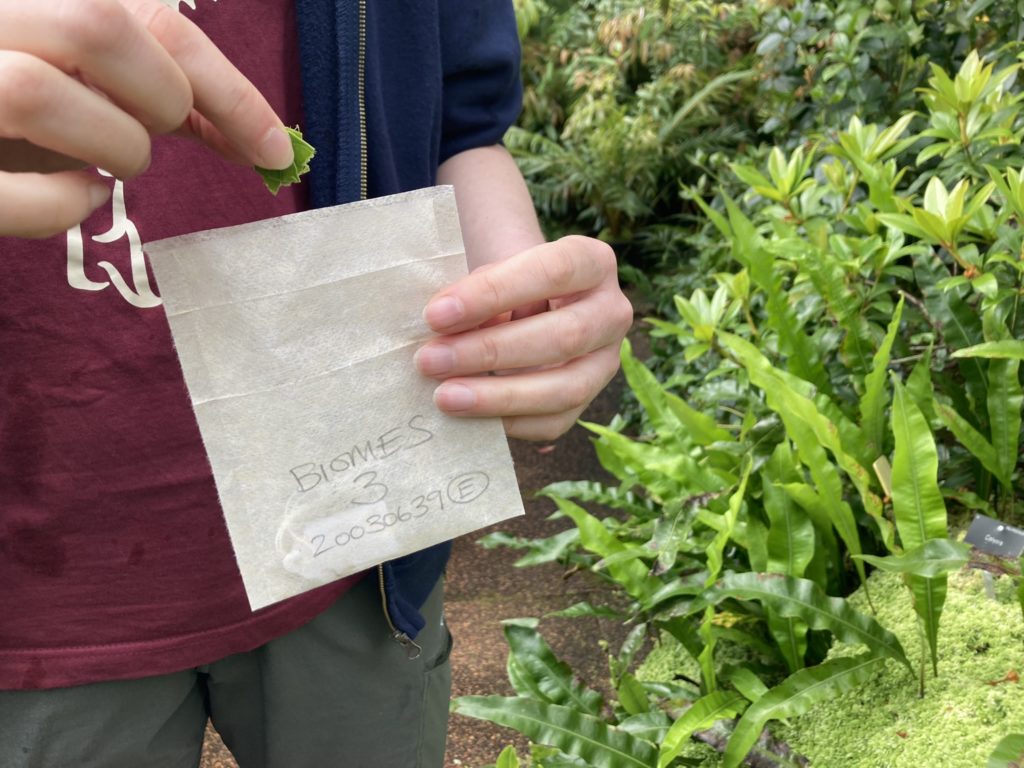
The data capture of plants is an example of the successful collaboration between RBGE’s horticulturists and scientists; together we are ensuring our exceptional living collection is recorded and preserved for generations to come.

